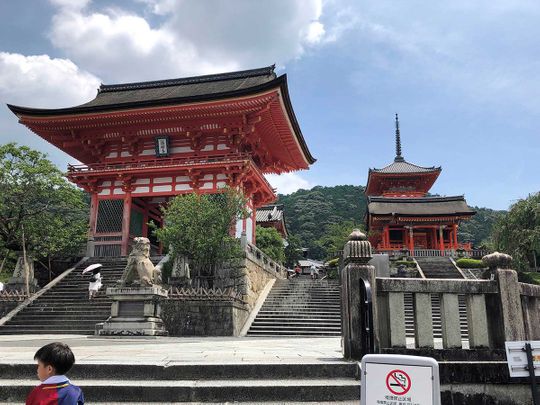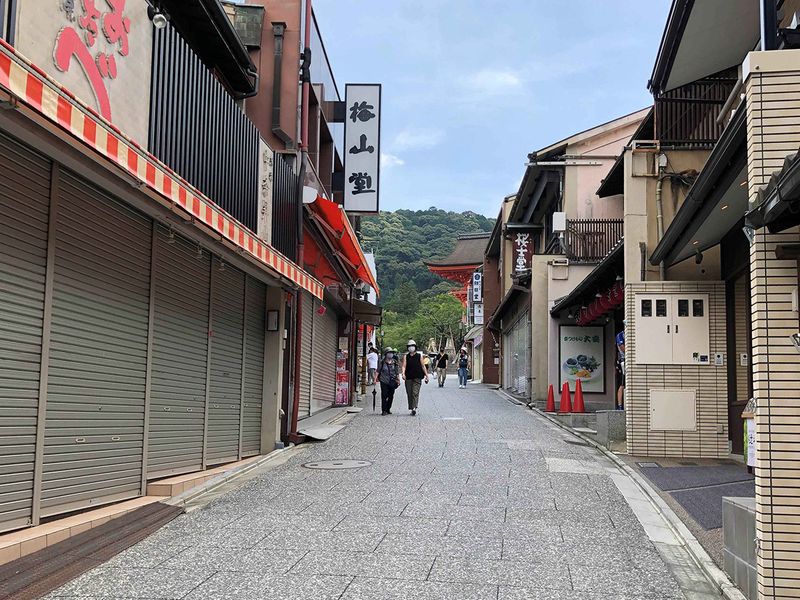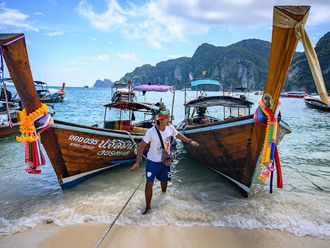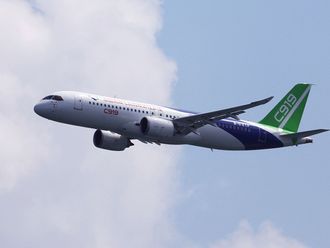
Highlights
- Daily new arrival entrance cap, recently raised to 50,000, will be scrapped from October 11.
- The move seeks to make room for the pre-pandemic tourist visa-waiver system, which was initially open to 68 nations.
- Visitors will need to show proof of having received 3 doses of COVID vaccines. Alternatively, they can show a negative test result.
- All vaccines on the WHO's emergency-use list, such as one made by China's Sinovac, will be accepted.
Japan is about to scrap COVID-related border restrictions and is now finally rolling out the red carpet to independent travellers.
After more than two years of severe border controls, Japan is set to fully reopen its borders to “unrestricted” tourism from October 11, after numerous false starts.
So flying to Japan could return to a state that resembles the previous norm and that additional change will begin on October 11. What we know so far:
Arrival caps scrapped
The daily new arrival entrance cap, which was recently raised to 50,000, will be eliminated in order to make room for the pre-pandemic tourist visa-waiver system, which was initially open to 68 nations, local media reported.
As long as foreign visitors are triple vaccinated, the Japanese government has abolished the requirement for pre-flight COVID-19 tests.
Tour guide rule scrapped
Additionally, it has done away with the requirement that visitors enter through a closely supervised package trip with a certified Japanese tour guide.
According to the current COVID-19 border laws, foreign travelers are required to get a short-term visa and make advance arrangements for their flights, itinerary, housing, and rental vehicles through a reputable travel agency.

Pre-flight COVID test scrapped
The Japanese government removed mandatory pre-flight COVID-19 tests as long as visitors are triple-vaccinated.
It has also scrapped the requirement for tourists to enter through a carefully-monitored package tour with a licensed Japanese tour guide.
Although the current situation is better in terms of enabling independent travel, experts have assailed the ongoing restrictions on unplanned, free travel as being useless in helping the slow tourism sector recover to pre-pandemic levels.
It might also discourage travelers from picking Japan as their travel destination; instead, they might decide to go to Europe, where tourism is already encouraged.
Progressive relaxation of travel rules
Border restrictions have been loosened at an unprecedented rate in recent months. The daily admission threshold for new entrants was increased from 5,000 to 20,000 in June, and then on September 7 it more than doubled to 50,000.
Recently, Prime Minister Kishida Fumio declared his intention to harmonise Japan's COVID-19 limitations with those of the G-7 nations and gradually loosen them while keeping an eye on COVID-19 infections.
At a press conference, Kishida declared, "Our fight against the virus is not simple, but we should not be frightened to consider the Omicron variant," adding that he urged tourists to "take advantage of Japan's weak currency.”
Japan has been under intense pressure from the international community, as it the only G-7 nation to still impose limits on immigration.
The Kishida government has been reluctant to publicly disclose its intentions to open the border to foreign tourists. Authorities have stated that they plan to allow pre-pandemic travel this year, without providing a timetable.
Border controls will continue to be loosened "as soon as feasible," according to Kishida, which has local businesses in tourist areas on edge and unclear of whether to prepare for an increase in tourist arrivals.
Tourists find it challenging to decide whether to travel now or wait until all restrictions have been removed due to the lack of information.
The number of visitors visiting Japan has not increased despite the gradual loosening of border restrictions.
Less than 300 foreign visitors entered Japan in June as a result of the contentious package tour rule. in July, less than 8,000 tourists reached Japan.
A local company that rents kimonos to tourists in the typically busy tourist destination of Asakusa reported a 50% drop in sales from the previous year.
Hope of travel rebound
Two months after the country's borders opened to tourists, it welcomed some foreign visitors, but no reservations have been made for the rest of the year. Experts caution that unless tourism is fully restored, there won't be a rebound.
The federal government is concentrating on reducing coronavirus-related mortality rather than the spread of infections. Japan has turned its focus to economic recovery and "living with COVID-19" while suffering from a record-breaking seventh wave of COVID-19 infections this summer.
Mandatory reporting
In order to reduce the administrative burden on front-line doctors and give them more time with patients, they are considering eliminating the requirement for mandatory reporting of every COVID-19 infection in hospitals.
Physicians are required by current rules to notify public health facilities of any COVID-19 positive tests. This was a handwritten process that required faxing up until last year, but it has subsequently been changed to an online approach.
Now, the federal government is thinking about restricting the mandatory reporting requirement to only serious instances — and those who test positive in high-risk categories.
According to Kishida, "protecting the most vulnerable members of society, like as the elderly, would be given precedence."
Discontinue reporting COVID cases
Additionally, the government is thinking about allowing each town to discontinue reporting all COVID-19 occurrences.
The country will enter unknown territory as a result of the policy change because the national infection count will no longer accurately reflect the number of people who formally test positive for COVID-19.
By downgrading COVID-19 to a level comparable to the seasonal flu, the government hopes to alter how the public views the coronavirus.












